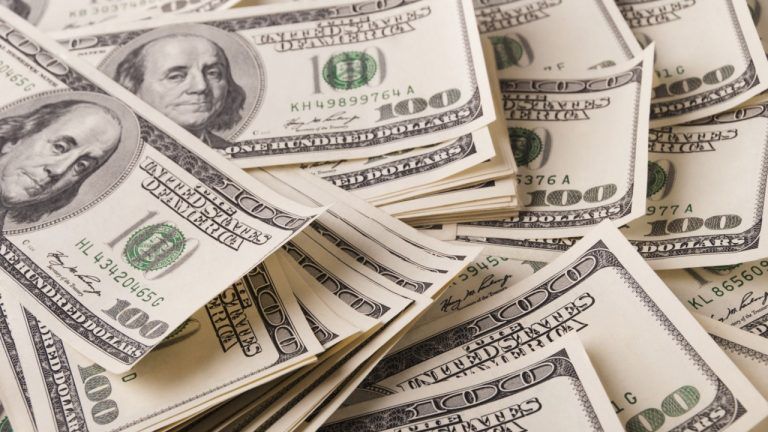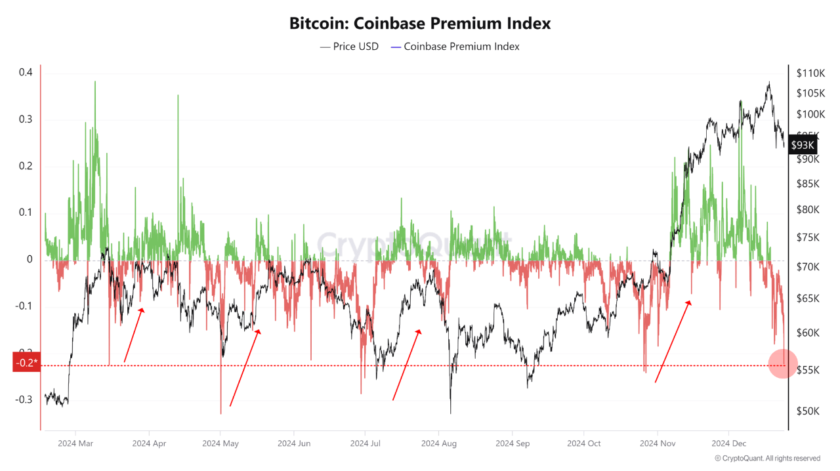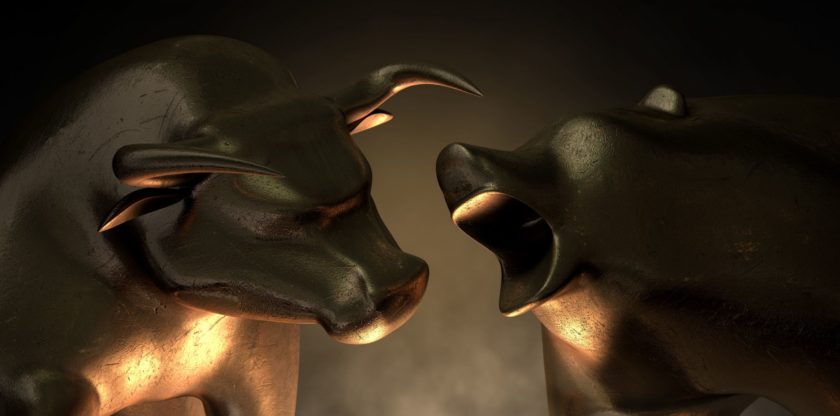Miguel Vias, the head of XRP markets at Ripple, denied allegations of paying off Coinbase to list XRP on their cryptocurrency exchange.
The response followed a series of bribery accusations shot towards Coinbase after its sudden announcement of adding XRP trading pairs to its platform on Feb 26. In contrast, the US exchange had earlier remained cautious of the said listing. As many speculate, Coinbase’s careful approach was due to XRP’s controversial history with Ripple Labs, a San Francisco startup that owns 60% of XRP – a stock worth billions of dollars.
What also concerned the company was a pending $167.7 million class-action lawsuit against Ripple which would determine whether or not XRP is a security asset.
However, all the genuine concerns Coinbase had were washed aside almost too suddenly, at least according to Allistair Milne.
The CIO of Altana Digital Currency Fund reached Coinbase’s communications’ director, Elliott Suthers via an email with a set of interrogative questions. He asked Suthers whether or not Coinbase sought the permission of either the Securities and Exchange Commission (SEC) or Commodity and Futures Trading Commission (CFTC) before offering XRP to the public. Milne also asked whether there was a private deal between Coinbase and Ripple for listing XRP pairs.
According to a screenshot published February 26, Suthers told Milne that Coinbase was happy to discuss his questions “off the record.” Milne took the response as a piece of evidence proving that Ripple had bribed Coinbase.
“You god damn right they did,” Milne hashtagged.
Did Ripple pay Coinbase for their token being listed?
“we’re not discussing publicly”#xrp #youregoddamnrighttheydid pic.twitter.com/cuuxWGt6ch— Alistair Milne (@alistairmilne) February 26, 2019
Vias: XRP Not Our Token
Miguel Vias contradicted Milne’s statement in a February 28 tweet. He clarified that Ripple didn’t pay Coinbase anything to make the XRP listing happen. Vias also claimed that XRP was not their token.
We’re happy to go on the record. Coinbase’s listing of XRP (also, not “our token”) was Coinbase’s independent decision – we did not give them anything to make it happen. https://t.co/xTVvACqsQa
— Miguel Vias ⚡ (@miguelvias) February 27, 2019
The “not our token” theory signified that Ripple, as a company, didn’t issue XRP tokens.
Ripple had faced a lot of flack for holding a majority of XRP stakes. In response, the company decided to lock their 55 billion XRP tokens away from themselves – in a cryptographic escrow account. The time-based smart contracts would release 1 billion XRP on the 1st of every month. At the end of each month, Ripple would place the remaining unused tokens into a new escrow account set to expire in another 55 months from creation.
Still, Ripple had a say when it came to distributing XRP tokens.
On October 13, 2017, Ripple launched a RippleNet accelerator program to increase the “XRP utility.” The company allocated a $300 million XRP fund from its escrow holdings and declared that it would reward those financial institutions with XRP that test RippleNet payment framework. As a result, Ripple was able to attract partnerships from mainstream financial firms.
“This rebate — available in XRP or USD — is designed to accelerate adoption and usage of Ripple solutions.” the post read.
Incentivization, or free distributions, became one of the significant tools for Ripple to boost XRP adoption. And a Bloomberg report published in April 2018 revealed the same.
The $100 Million Incentive?
Bloomberg reported that Ripple had suggested paying financial incentives to crypto exchanges Gemini and Coinbase for XRP listing. In Coinbase’s case, Ripple had allegedly offered to lend $100 million in XRP to start letting its users trade the token. The firm had reportedly made a similar offer to Gemini – albeit amounting to $1 million.
Milne reiterated his accusation with the Bloomberg article. He asked Vias whether Ripple and Coinbase exchanged any assets in over the past 12 months or more. Milne also found it hard to believe that Coinbase, a company embroiled in multi-lawsuit accusations of insider trading surrounding its Bitcoin Cash listing, didn’t take a single penny but yet listed XRP.
Has there been *any* transfer of assets between Ripple and Coinbase in the past year or so? Of any sort (loan, donation, deposit, etc.)?
Extremely hard to believe Ripple offered $100mil of assets and then Coinbase decided to receive 0 benefit https://t.co/O9KETqsQuS— Alistair Milne (@alistairmilne) February 27, 2019
The Coinbase Nostalgia
On December 19, 2017, Coinbase had made a surprise announcement that it was adding Bitcoin Cash trading option to its platform. Earlier, the company had refused to list the said crypto asset, so the u-turn took the trading community by surprise. Indeed, the price of Bitcoin Cash surged on the news within minutes, reaching as high as $1,000. In response, Coinbase canceled and all the further BCH trades citing liquidity issues.
According to Jeffery Berk, the primary plaintiff in the lawsuit filed May 2018, insiders were able to flood GDAX – a crypto trading platform owned by Coinbase – with BCH orders soon after the news went public. Coinbase, based on an internal investigation’s outcome, claimed that no such Bitcoin Cash insider trading took place.
If both companies go on the record that there has been no transference of value in Coinbase’s favour whatsoever (easy to do) I’ll retract and apologise. So far, both are being careful with their choice of words.
— Alistair Milne (@alistairmilne) February 28, 2019
Why would a regulated exchange risk its neck to list unproven securities? The jury is still out.




